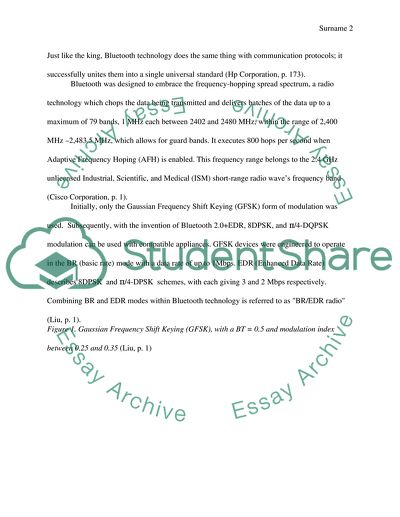Cite this document
(Bluetooth Technology Term Paper Example | Topics and Well Written Essays - 2000 words, n.d.)
Bluetooth Technology Term Paper Example | Topics and Well Written Essays - 2000 words. Retrieved from https://studentshare.org/information-technology/1789123-bluetooth
Bluetooth Technology Term Paper Example | Topics and Well Written Essays - 2000 words. Retrieved from https://studentshare.org/information-technology/1789123-bluetooth
(Bluetooth Technology Term Paper Example | Topics and Well Written Essays - 2000 Words)
Bluetooth Technology Term Paper Example | Topics and Well Written Essays - 2000 Words. https://studentshare.org/information-technology/1789123-bluetooth.
Bluetooth Technology Term Paper Example | Topics and Well Written Essays - 2000 Words. https://studentshare.org/information-technology/1789123-bluetooth.
“Bluetooth Technology Term Paper Example | Topics and Well Written Essays - 2000 Words”, n.d. https://studentshare.org/information-technology/1789123-bluetooth.


